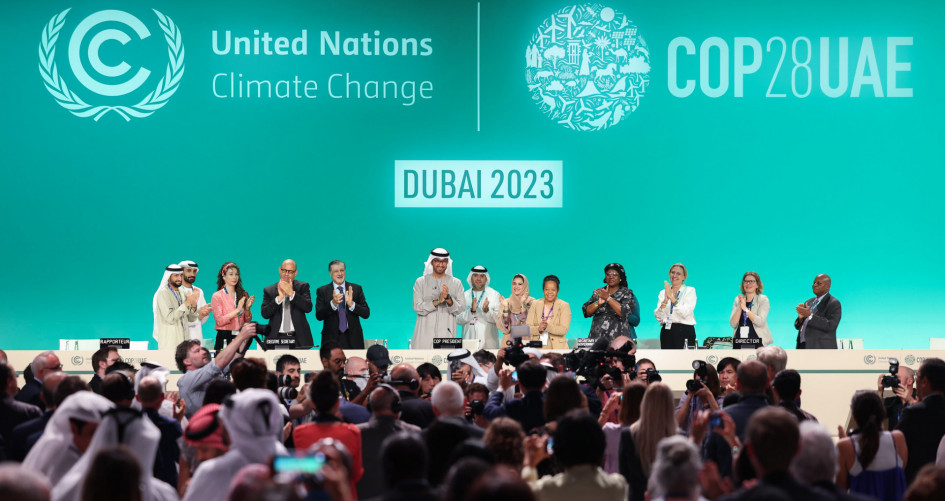ANS's Earth Day webinar focused on clean energy
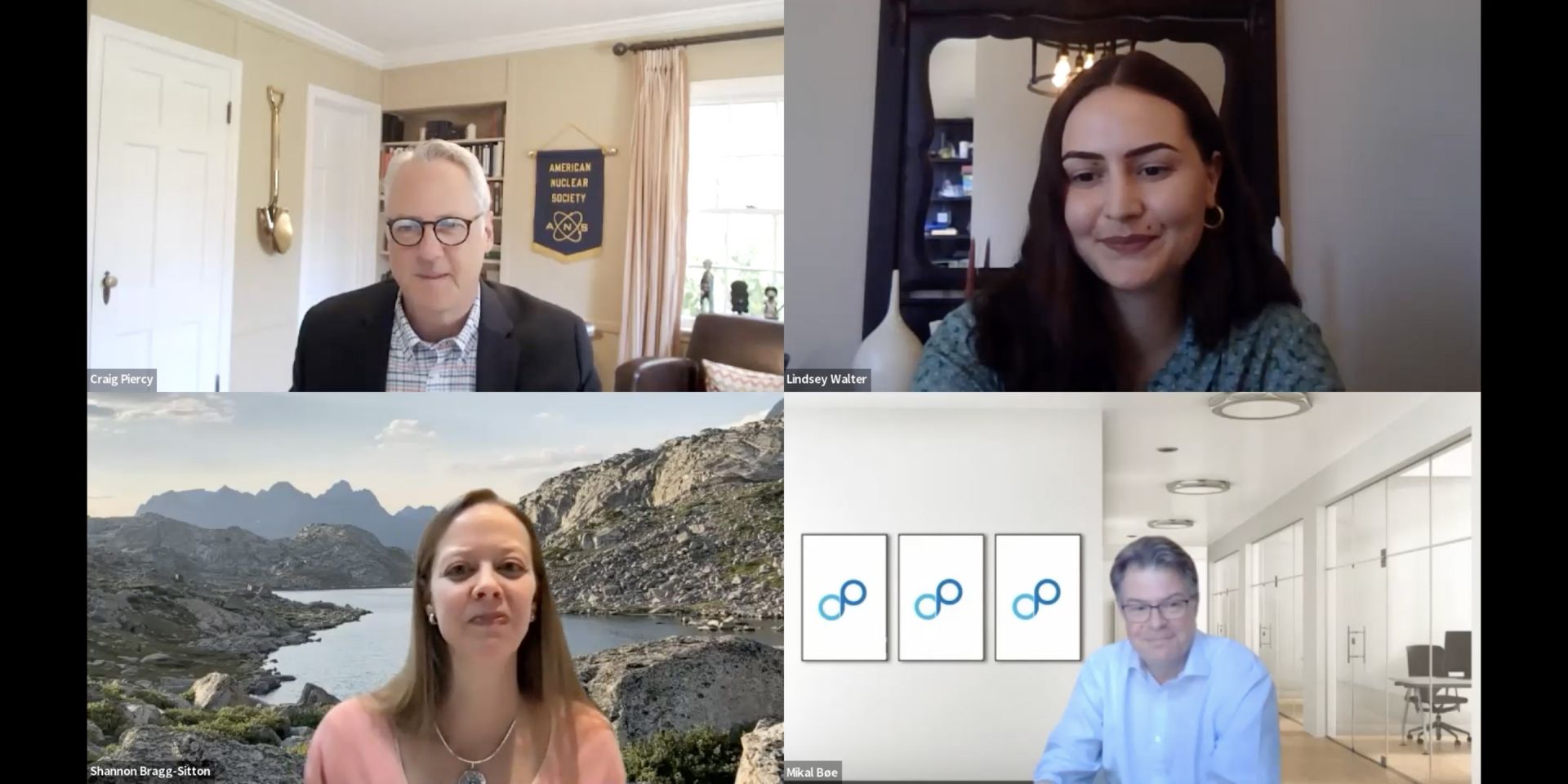
The American Nuclear Society hosted the webinar “Earth Day: Reflections on the Future of Clean Energy” on April 22. Expert panelists discussed the best options for achieving emissions-free objectives, including goals in energy production, industrial activities, and transportation.
Craig Piercy, ANS’s executive director and chief executive officer, who moderated the webinar, said, “I think we’ve seen over the last year—and the situation with Ukraine has only helped to accelerate it—this transition from our seeing nuclear as a domestic energy option to seeing it as an imperative we have to develop if we are going to completely decarbonize. . . . I feel as though the debate is moving . . . toward a notion of a commitment to nuclear in the long term.”
Lindsey Walter, deputy director for the Climate and Energy Program at Third Way, began her remarks by saying, “I’m a firm believer that we need nuclear energy in order to meet our climate goals. In fact, that’s really the only reason that I turned away from being antinuclear four years ago.” She next presented several slides that illustrated the role of various industries in carbon dioxide emissions, as well as the role of nuclear energy in advancing decarbonization strategies.
Walter used one slide to show that there are five main strategies to decarbonize the industrial sector: energy efficiency, electrification, fuel switching, fuels decarbonization, and carbon capture. “Nuclear can play a role in those first four decarbonization strategies,” she said. She then explained how the use of nuclear energy as a power source depends on the temperatures required by particular industrial processes, with light water reactors being sufficient for lower-temperature processes (such as district heating and desalination) and advanced reactors being needed for higher-temperature applications (such as petrochemical, steel, and cement production).
Mikal Bøe, chairman and CEO of Core Power, described the work of his company, which focuses on maritime applications of nuclear power. “We have to imagine what we can do with new technologies combined into new systems,” he said, “and maritime is one of those areas where that can be done in a very interesting and very beneficial way to the environment, to humankind, and to industry, transportation, and pretty much everything else.”
Bøe emphasized that the nuclear industry must solve “the ultimate conundrum” by transitioning “from project to product.” He explained, “If we’re actually making nuclear products—small reactors, small systems, small energy solutions—that can be coupled with weather-dependent energy systems that can be deployed in industry, heavy transport, in microgrids and minigrids, we are thinking about energy in a different way.”
Bøe continued, “The maritime industry—the global ocean transportation industry—already has that capacity. . . . If we couple with new nuclear, we can really get things done [such as] new nuclear technology built in shipyards in modular fashion and in large numbers rather than in sort of as single projects. We can also deploy them at sea.”
Shannon Bragg-Sitton, director of the Integrated Energy and Storage Systems Division at Idaho National Laboratory, noted, “A variety of low- or zero-carbon technologies are in our toolbox, and we can employ those in a number of different combinations to meet our growing energy demands. . . . We do see reflected in a number of recent studies . . . that nuclear is a technology that is an absolute necessity within our toolbox.”
Bragg-Sitton observed, “What we often don’t think about is that the primary output from a nuclear plant is heat. Electricity is a secondary [product]. . . If we instead start looking at how we can produce electricity and simultaneously provide that clean primary heat to support industrial demand . . . or to produce process intermediaries, such as hydrogen, then we can begin to find that truly elegant solution for clean energy pathways across all of our energy sectors.”
ANS events and recordings: A recording of this webinar is available on the ANS website. Other upcoming and recorded virtual events and meetings are also available online.



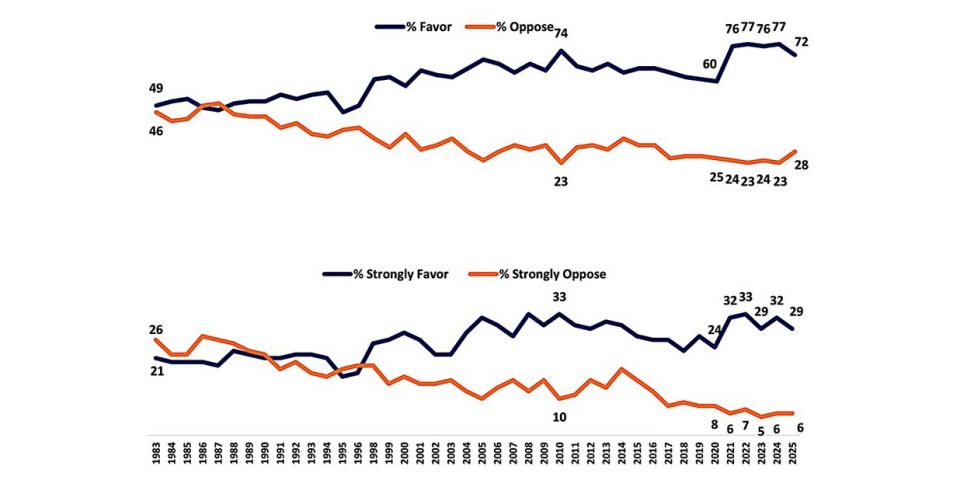

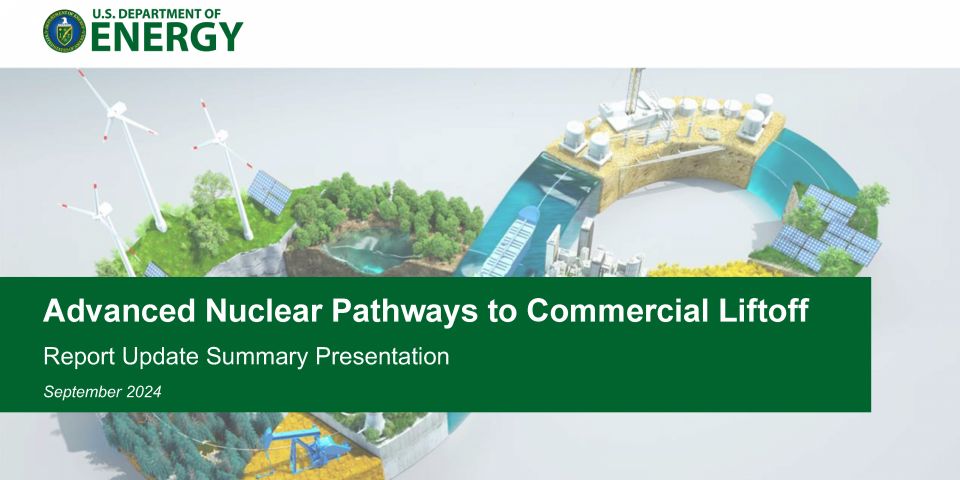
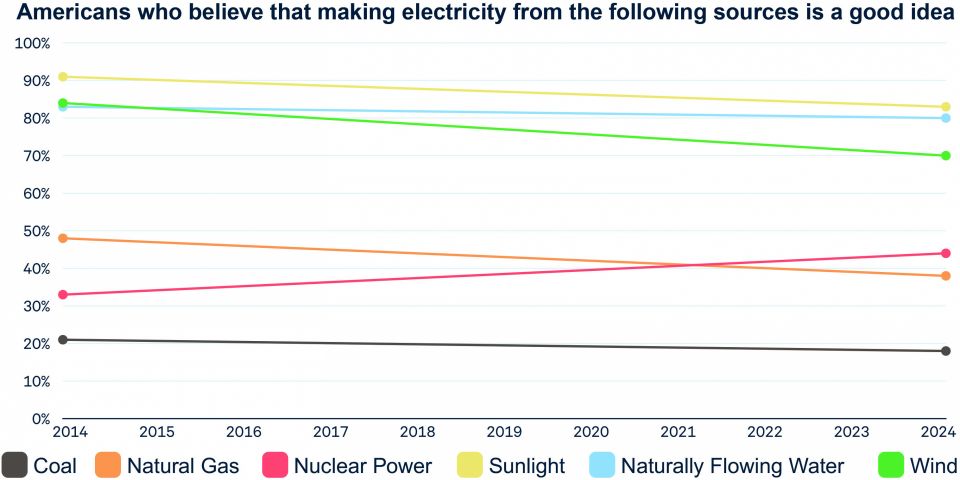
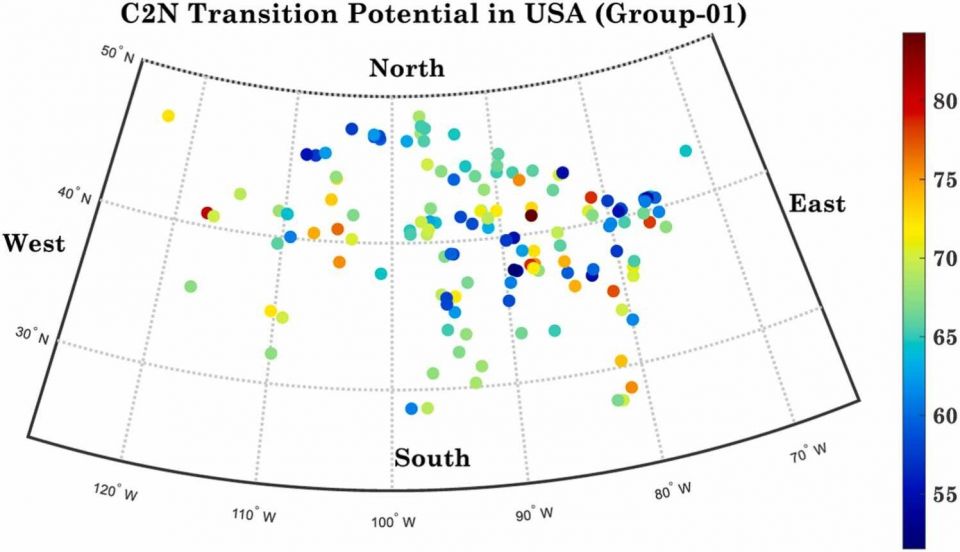
.jpg)

